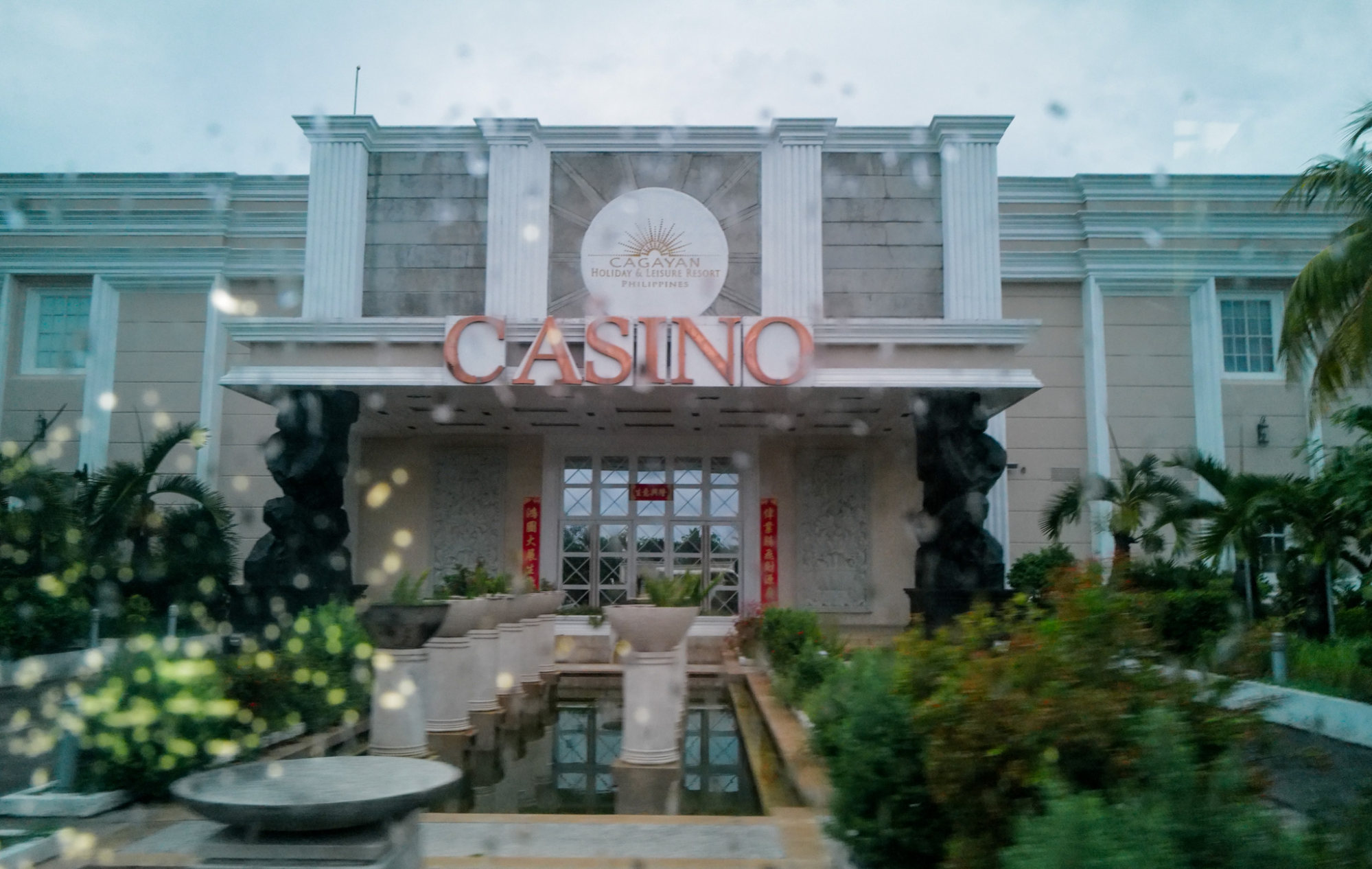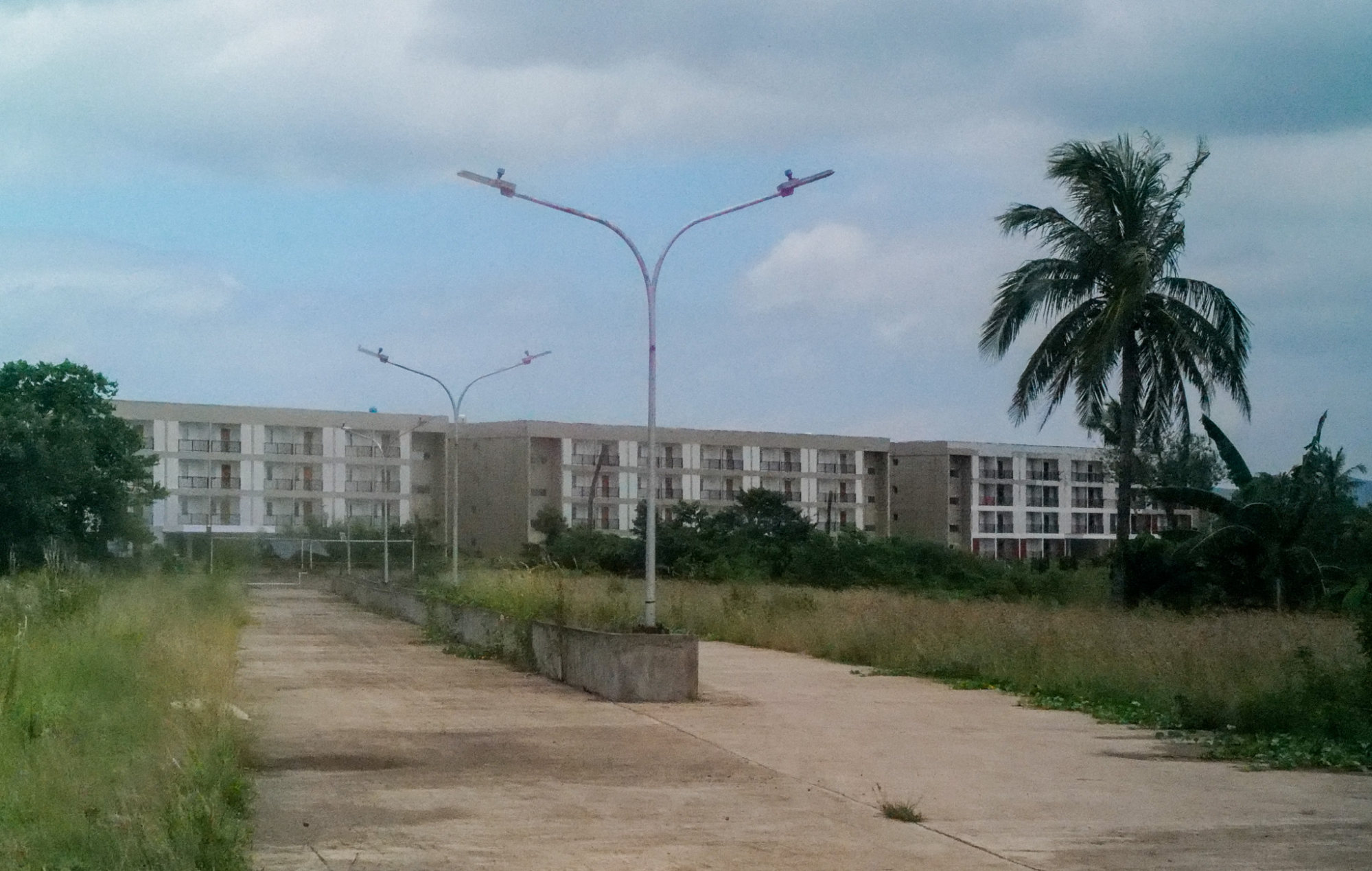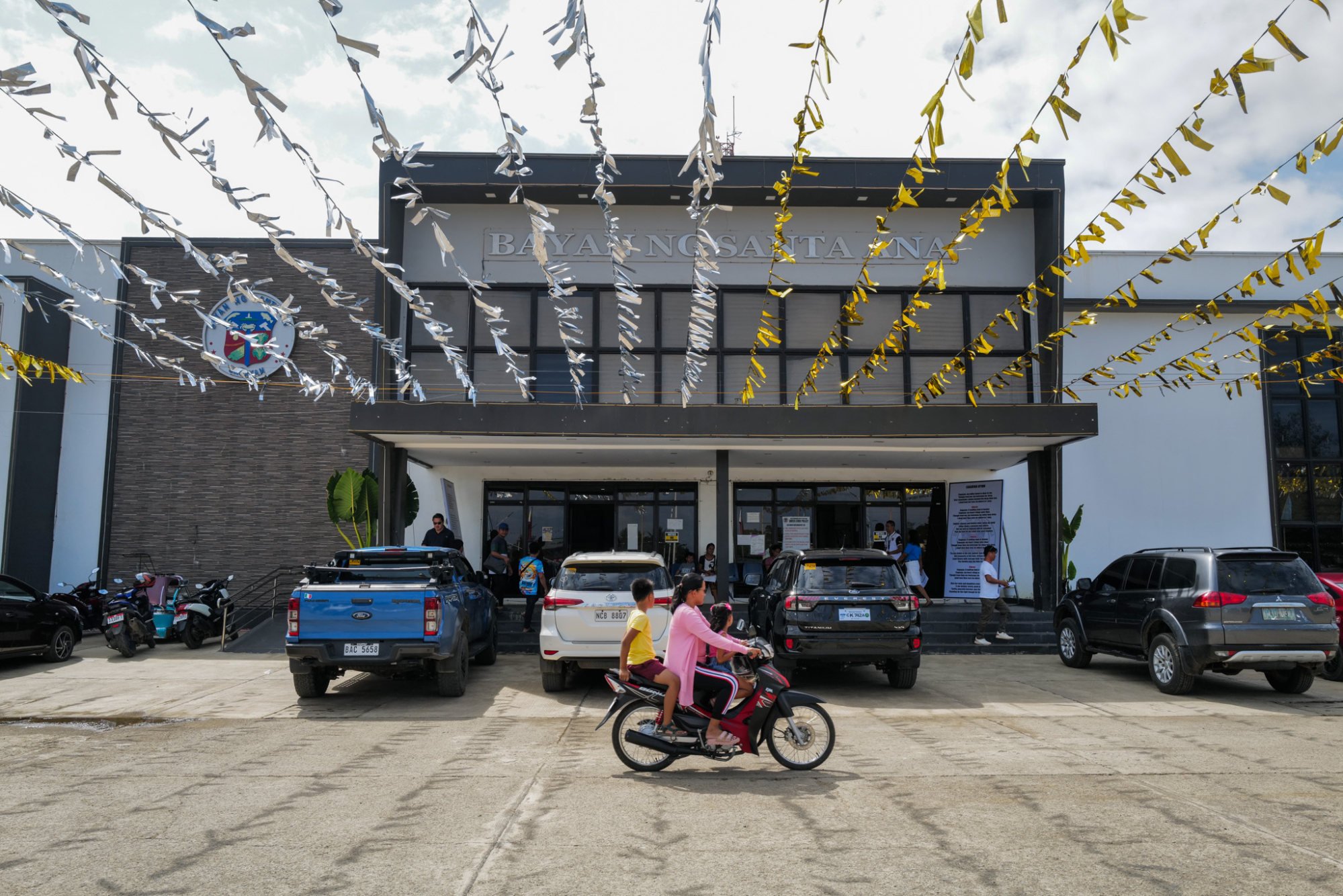Beijing sees Taiwan as part of China to be reunited by force if necessary. Most countries, including the US, do not recognise Taiwan as an independent state, but Washington is opposed to any attempt to take the self-governed island by force and is committed to supplying it with weapons.
Romeo Asuncion, Santa Ana’s planning and development officer, told This Week in Asia that foreign traders are vital for the town’s economic growth. He said foreign investors, who have operated in Santa Ana since 2010, accounted for about 8 million pesos (US$136,400) in annual gross income for the town.
“We don’t have any idea if they are spies but they came here as businessmen. They applied for permits at the Cagayan Economic Zone Authority,” Asuncion said of the Chinese traders.

Cagayan Governor Manuel Mamba, meanwhile, has opposed his province’s inclusion in the EDCA, citing the risk of the Philippines being dragged into a wider conflict with China.
A hotbed for a ‘cold war’?
Historically, a Chinese presence in the Philippines’ far north can be traced back to the days of Spanish rule, with many settling in the old religious centre of Nueva Segovia – a Catholic archdiocese originally centred on Lal-lo – according to Chester Cabalza, president of the Manila-based International Development and Security Cooperation think tank.
From Nueva Segovia, Chinese traders moved to the city of Vigan in the municipality of Ilocos Sur, which became another influential religious centre, Cabalza told This Week in Asia.
“The Dominicans, Franciscans, Belgian missionaries, and particularly the Jesuits, used Cagayan province as a back door to sail to China to evangelise the Chinese,” he said.
“During the civil war between the Chinese communists and nationalists, many Chinese from Fujian [province] emigrated to Cagayan. Some of them became powerful businessmen and politicians and married the locals.”
Cabalza said Cagayan’s geostrategic importance had increased as tensions have escalated in the Taiwan Strait.

Though Batanes is the Philippines’ northernmost province and the one closest to Taiwan, Cagayan acts as the region’s “seat of political power”, Cabalza said. Cagayan hosts two of the EDCA sites, with another to the south in the “food basket” province of Isabela facing the Pacific Ocean.
“So Cagayan’s added value to logistical pre-positioning and readiness, strategic substance for military interoperability, economic viability and political importance are reasons why there is a need to host the EDCA sites [there].”
Given Cagayan’s strategic position, it could be a flashpoint should clashes occur in the Luzon Strait, Cabalza said.
“It will [become] a cold war of military rivalry and a stage for strategic competition between China and the US,” he said. “Cagayan’s strategic resurgence came at a point when local leaders became pawns for the hegemonic rivalry of superpowers.”
While the expanded American military presence may act as a psychological counterweight to Chinese influence for some locals in the province, others like restaurant owner Rosario Rumbata, 66, said they were concerned about safety if a conflict were to erupt in the Taiwan Strait.
“If conflict happens, missiles will not spare us since we are just outside the US military base,” Rumbata said.
Anna Bartoleme, 36, a former overseas worker, echoed this sentiment, saying that some locals like herself were on edge whenever they heard updates about their country’s maritime row with China.
“We will be the target of China’s action. But we can’t do anything except to leave everything to God,” she said.
Washington has repeatedly assured Manila that the Philippines has the US’ full support in the face of “intimidation and coercion in the South China Sea”.
The Philippines and the US are bound by a long-standing Mutual Defence Treaty that promotes a range of collaborative efforts, from maritime security and amphibious operations to counterterrorism and disaster relief.
Signed in 1951, the treaty commits both countries to help the other in times of aggression by an external power. Accordingly, the Pentagon has stated it would be prepared to offer support should the Philippines invoke the treaty in response to threats from other nations.

Military vs economic influence
The US has vowed to counter China’s controversial new regulation by deploying its coastguard ships to support the Philippine coastguard in “upholding sovereign rights” in the West Philippine Sea, which is Manila’s name for those parts of the South China Sea that fall within its exclusive economic zone.
During a recent press briefing, Commandant Admiral Ronnie Gil Gavan of the Philippine coastguard said that the Americans would intensify their deployments and partner with the Japanese coastguard to boost their presence in the disputed waterway.
Those Philippine provinces that are closest to Taiwan would undoubtedly play a strategic role should a conflict occur, according to Thomas Shattuck, a researcher of Taiwan policy at Perry World House, a global affairs research and policy centre affiliated with the University of Pennsylvania in the US.

“It is in China’s interest to have the Philippine political elite support pro-China policies to diminish the American military presence, specifically EDCA sites, so that there is less military infrastructure to support any sort of Philippine or joint Philippine-US engagement in southern Taiwan,” Shattuck told This Week in Asia.
“This results in greater Chinese economic interests and investments there to sway public opinion in favour of China ,” he said.
“It theoretically demonstrates to a critical part of the Philippine population that China is a good partner and not to be feared.”
With Washington more focused on building up the Philippine military and less concerned with investment, Beijing could attempt to portray the Americans as indifferent to the economic well-being of locals in Cagayan, Shattuck said.
“With China-Philippines ties deteriorating as a result of China’s aggression in the West Philippine Sea, there could be risks for the people of Cagayan that have relied on Chinese investment if lawmakers in Manila decide to reduce the Chinese presence for strategic reasons,” he said.


